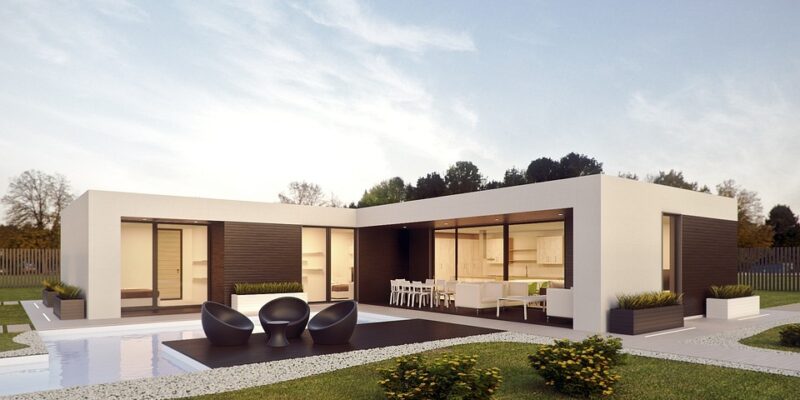Creating Lifelike Images with Photorealistic Rendering Software
Introduction
Photorealistic rendering software has revolutionized the way we create and visualize images. By simulating real-world lighting, materials, and textures, these powerful tools allow artists and designers to create stunningly lifelike images that are indistinguishable from photographs. In this article, we will explore the capabilities of photorealistic rendering software and how it can be used to create impressive visuals.
Understanding Photorealistic Rendering
Photorealistic rendering is a technique used in computer graphics to create highly realistic images by simulating the physical properties of light and materials. By accurately modeling how light interacts with different surfaces, photorealistic rendering software can produce images that closely resemble photographs.
One of the key components of photorealistic rendering is global illumination, which simulates the way light bounces off surfaces and affects the overall lighting in a scene. This technique helps create realistic shadows, reflections, and highlights that contribute to the overall realism of the image.
Another important aspect of photorealistic rendering is the use of physically-based materials and textures. By accurately simulating how light interacts with different types of materials, such as wood, metal, or glass, artists can create more convincing and lifelike images.
Creating Lifelike Images
To create lifelike images with photorealistic rendering software, artists and designers must pay close attention to a variety of factors, including lighting, materials, textures, and composition. By carefully manipulating these elements, they can enhance the realism of the final image and create visually stunning visuals.
One of the most important aspects of creating lifelike images is lighting. By using global illumination techniques, artists can accurately simulate the way light interacts with different surfaces and creates realistic shadows and reflections. By carefully adjusting the intensity, color, and direction of the light sources in a scene, they can create a more convincing and lifelike image.
In addition to lighting, the use of physically-based materials and textures is also crucial in creating lifelike images. By accurately simulating how light interacts with different types of materials, artists can create surfaces that appear more realistic and believable. By meticulously crafting materials like wood, metal, or glass, they can add depth and detail to their images.
Another important aspect of creating lifelike images is composition. By carefully arranging objects in a scene and considering factors like perspective, proportions, and scale, artists can create visually engaging images that draw the viewer in. By paying attention to these details, they can enhance the overall realism and impact of their visuals.
Benefits of Photorealistic Rendering
There are many benefits to using photorealistic rendering software to create lifelike images. One of the main advantages is the ability to accurately portray design concepts and ideas in a realistic and convincing way. By creating visuals that closely resemble photographs, designers can effectively communicate their vision to clients and stakeholders.
Another benefit of photorealistic rendering is the ability to explore different design options and variations quickly and easily. By using rendering software, artists can experiment with different lighting scenarios, materials, and textures to see how they affect the overall look and feel of a design. This allows them to make informed decisions and refine their ideas before committing to a final design.
Additionally, photorealistic rendering can help save time and resources by reducing the need for physical prototypes and mockups. By creating digital representations of designs, artists can quickly iterate and refine their work without the cost and time constraints associated with traditional prototyping methods.
In conclusion, photorealistic rendering software is a powerful tool that can help artists and designers create lifelike images that closely resemble photographs. By carefully manipulating lighting, materials, textures, and composition, they can enhance the realism of their visuals and create stunningly realistic images that captivate viewers. Whether used for architectural visualization, product design, or digital art, photorealistic rendering software offers endless possibilities for creating impressive and immersive visuals.
